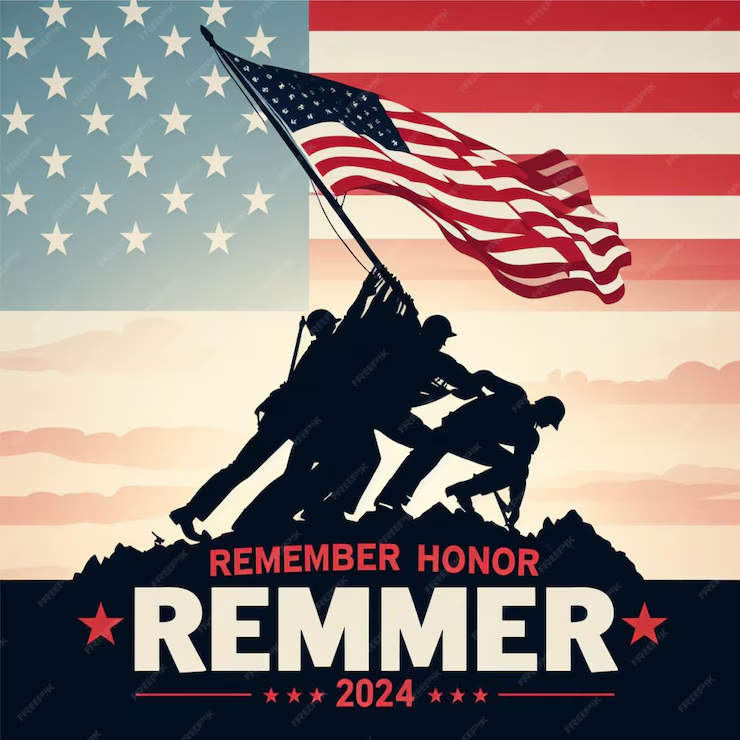Normandy Landing Day is an event of enormous authentic significance, remembering the Partnered attack of Normandy on June 6, 1944. Known as D-Day, this activity was essential in the United powers’ Normandy Landing Day to free Europe from Nazi occupation during The Second Great War. The recognition of this critical day in New York’s notable Times Square features the persevering through tradition of this great occasion and the boldness of the Unified soldiers, frequently alluded to as the Expeditionary Powers.

The Authentic Setting of Normandy Landing Day
On June 6, 1944, the Normandy arrivals denoted the start of the finish of The Second Great War in Europe. Activity Master, the code name for the intrusion, involved a gigantic land and/or water capable attack on the shoreline of Normandy, France. The activity was fastidiously arranged and executed by the Unified powers, which included American, English, Canadian, and different identities. This goliath exertion expected to penetrate the German protections and lay out a traction in Western Europe.
The arrivals were gone before by broad aeronautical and maritime bombardments intended to debilitate German strongholds. The activity included a great many boats, airplane, and troops, making it perhaps of the biggest land and/or water capable attack ever. Regardless of confronting savage opposition from the German powers, the Partners prevailed with regards to getting the footholds and started their push inland, which at last prompted the freedom of Paris and the loss of Nazi Germany.
The Historical Context of Normandy Landing Day
New York City’s Times Square, frequently alluded to as “The Go across streets of the World,” is a fitting scene for honoring Normandy Landing Day. The energetic and noteworthy area is emblematic of American versatility and solidarity. Every year, Times Square has a progression of occasions to respect the courage of the Unified powers and ponder the penances made during the D-Day intrusion.
The Significance of Commemorations in Times Square
The celebrations in Times Square normally highlight different occasions, including:
Formal Wreath-Laying: A customary wreath-laying service is led to respect the fallen officers. This demonstration of recognition Normandy Landing Day the people who made a definitive penance during the intrusion.
Marches and Walks: Military processions and walks frequently happen, displaying verifiable outfits and military vehicles. These occasions effectively teach people in general about the verifiable meaning of D-Day and the job of the Expeditionary Powers.
Instructive Shows: Displays and shows highlighting photos, curios, and stories from the Normandy arrivals furnish guests with a top to bottom comprehension of the occasion’s authentic setting.
Times Square Memorial Events
Times Square’s recognition endeavors reach out past open functions. Nearby schools, veterans’ associations, and authentic social orders frequently take part in instructive projects pointed toward bringing issues to light about the Normandy arrivals. These drives assist with guaranteeing that the examples of history are given to people in the future.
The Role of the Expeditionary Forces
The expression “Expeditionary Powers” alludes to the Partnered troops who partook in the Normandy attack. Their valiance and assurance were vital in defeating the imposing German guards. The assorted piece of these powers, including troopers from the US, the Assembled Realm, Canada, and other United countries, highlights the cooperative exertion that characterized the progress of the activity.
The American Forces
American soldiers assumed a vital part in the intrusion, arrival on Utah and Omaha Sea shores. The force of the battle looked by American troopers at Omaha Ocean side, specifically, has turned into a point of convergence of verifiable reflection and remembrance. The boldness displayed by these soldiers notwithstanding overpowering chances stays a critical part of the Normandy Arrival Day observances.

The British and Canadian Contributions
English and Canadian powers were instrumental in getting Gold, Juno, and Sword Sea shores. Their commitments, frequently eclipsed in more extensive conversations, were urgent in laying out a protected traction in Normandy. The planned Normandy Landing Day of English and Canadian powers in these areas were essential to the general outcome of the attack.
Cultural Impact and Historical Legacy
The Normandy arrivals have made a permanent imprint on worldwide culture and authentic memory. The occasions of June 6, 1944, are regularly portrayed in movies, writing, and narratives, showing the significant effect of the procedure on shared mindset.
Film and Media Depictions
Various movies, for example, “Saving Confidential Ryan” and “The Longest Day,” have depicted the frightening encounters of fighters during the Normandy attack. These portrayals, while Normandy Landing Day, have added to a more extensive comprehension of the human expense of war and the gallantry of the Expeditionary Powers.
Writing and Grant
Academic works and journals from veterans of the Normandy arrivals offer significant bits of knowledge into the individual encounters of the people who partook in the activity. These records advance comprehension we might interpret the key, strategic, and human components of the attack.
Conclusion
The recognition of Normandy Landing Day in Times Square fills in as a strong sign of the penances made by the United powers and the significance of verifiable reflection. As we Normandy Landing Day the boldness of the Expeditionary Powers, we are helped to remember the upsides of fortitude, solidarity, and strength that characterized their endeavors. The occasions held in Times Square guarantee that the tradition of D-Day perseveres, encouraging a proceeded with appreciation for the significant minutes that molded our reality.
